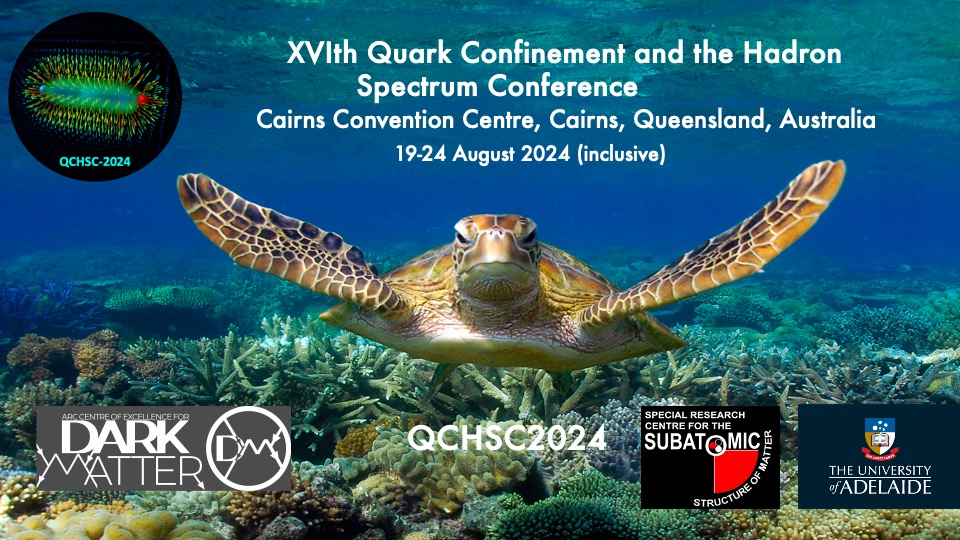Speaker
Description
High-order perturbative calculations are one of the only first-principles ways of studying the behaviour of QCD matter at extreme densities. Understanding such matter has become increasingly important in recent years, with the improved experimental access to neutron stars --- the only known systems where deconfined dense matter exists --- via both improved measurements of lonely neutron stars as well as the advent of gravitational wave astronomy, with which collisions involving neutron stars can be observed.
The most fundamental quantity in thermal field theory is the energy density governing the equation of state of matter, from which other equilibrium properties can be derived. I will explain how a diagrammatic perturbative expansion of this quantity is constructed in dense QCD. This will include contributions from low-energy gluons sI will discuss a perturbative evaluation of the adjoint chromoelectric correlator in euclidean space as well as the related transport coefficients. With modern thermal IBP methods for handling the relevant loop integrals, the computation can be automated and the integrals reduced to a far simpler form than those encountered in the past. For the adjoint correlators, this method also allows one to track down the source of an asymmetry of the correlator in the euclidean space, observed in lattice simulations, in a pertubative calculation.creened by the medium as a key ingredient of proceeding past classic results from the 1970s. A description of these "soft" gluons in terms of Hard Thermal Loops, extended to two-loop order, has been the key missing ingredient in high-order computations. I will discuss recent N3LO results up to and including O(g⁶log(g)), now matching those obtained at high temperatures, and including all contributions involving soft gluons.

